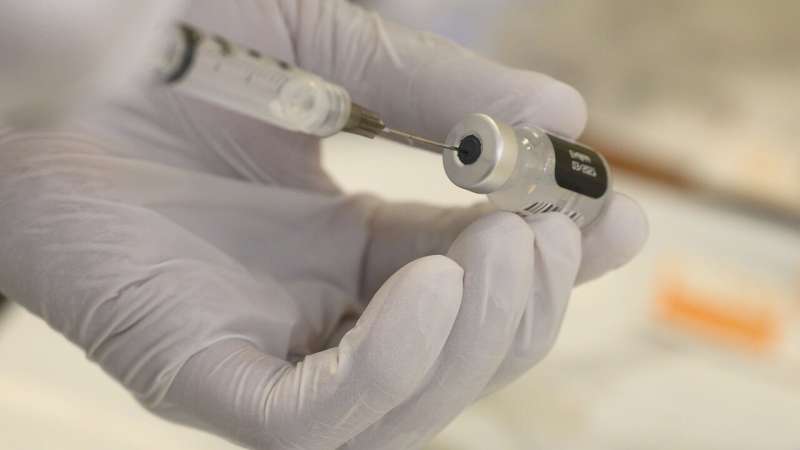The advent of novel analytical techniques in the realm of nanotechnology has ushered in a new era for medical diagnostics. One such breakthrough is the development of Deep Nanometry (DNM), a pioneering analytical tool that leverages advanced optical measurements and unsupervised deep learning algorithms to detect disease-related nanoparticles. This system promises significant improvements in the efficiency and accuracy of early disease detection.
Overview of Deep Nanometry
Deep Nanometry is a highly sensitive, high-throughput, and scalable multiparametric nanoparticle analyzer developed by a team of researchers from the University of Tokyo and other institutions. As documented in a recent publication in Nature Communications, this innovative technique can analyze nanoparticles found in medical samples with remarkable speed and precision, particularly focusing on rare extracellular vesicles (EVs) that are crucial in detecting early signs of diseases such as colon cancer.
The DNM system operates at the nanoscale, capable of detecting particles as small as 30 nanometers, and it can analyze over 100,000 particles per second. This extraordinary capability sets it apart from conventional methods, which often struggle to identify weak signals amidst strong background noise.
Scientific Principles Behind DNM
At the core of DNM’s success is its unique combination of optofluidic measurements and unsupervised deep learning noise reduction. The DNM utilizes light to measure the properties of nanoparticles, while the deep learning algorithms detect and filter out unacceptable noise, thereby enhancing the sensitivity of the system.
| Attribute | Details |
|---|---|
| Particle Size Detection | Down to 30 nanometers |
| Throughput Rate | Over 100,000 particles per second |
| Application Fields | Medical diagnostics, vaccine development, environmental monitoring |
Applications of Deep Nanometry
The potential applications of DNM technology are vast and varied. Some key areas include:
- Early Disease Detection: The heightened ability to detect EVs may facilitate the early identification of serious conditions, such as cancers and other diseases.
- Vaccine Development: The system could aid in the monitoring and evaluation of vaccine efficacy by tracking the behavior of nanoparticles involved in immune responses.
- Environmental Monitoring: DNM can be instrumental in detecting harmful nanoparticles in various ecological samples, contributing to public health safety.
Impact on Medical Research
Deep Nanometry does not merely represent a technological advancement; it embodies a personal mission for its creators. As articulated by Yuichiro Iwamoto, a postdoctoral researcher behind this innovation, the system's development serves as a tribute to his late mother, whom he wishes to honor through research aimed at improving cancer detection and treatment accessibility.
“The development of DNM has been a very personal journey for me. It is not only a scientific advancement, but also a tribute to my late mother, who inspired me to research the early detection of cancer. Our dream is to make life-saving diagnostics faster and more accessible to everyone.” – Yuichiro Iwamoto
Future Prospects
As the field of nanotechnology progresses, techniques like Deep Nanometry are anticipated to play a pivotal role in enhancing the reliability and effectiveness of medical diagnostics. The integration of artificial intelligence (AI) in such systems opens pathways for improved data analysis and signal processing, potentially leading to more robust conclusions drawn from nanoparticle behavior
| Research Focus | Description |
|---|---|
| Signal Denoising | Applying AI techniques to enhance the detection of disease-related nanoparticles. |
| Clinical Diagnostics | Extending the use of DNM across various medical fields to improve diagnostic speed. |
| Industrial Applications | Exploring DNM’s potential in analyzing industrial samples for quality control. |
In summary, the emergence of Deep Nanometry represents both a scientific breakthrough and a hopeful step towards more accessible and accurate medical diagnostics. This innovation exemplifies how the intersection of advanced technology and personal motivation can generate solutions to pressing health challenges.
For additional details about the study, the full article can be found in Nature Communications.
References
[1] Iwamoto, Y., et al. (2025). High throughput analysis of rare nanoparticles with deep-enhanced sensitivity via unsupervised denoising. Nature Communications. DOI: 10.1038/s41467-025-56812-y













Discussion